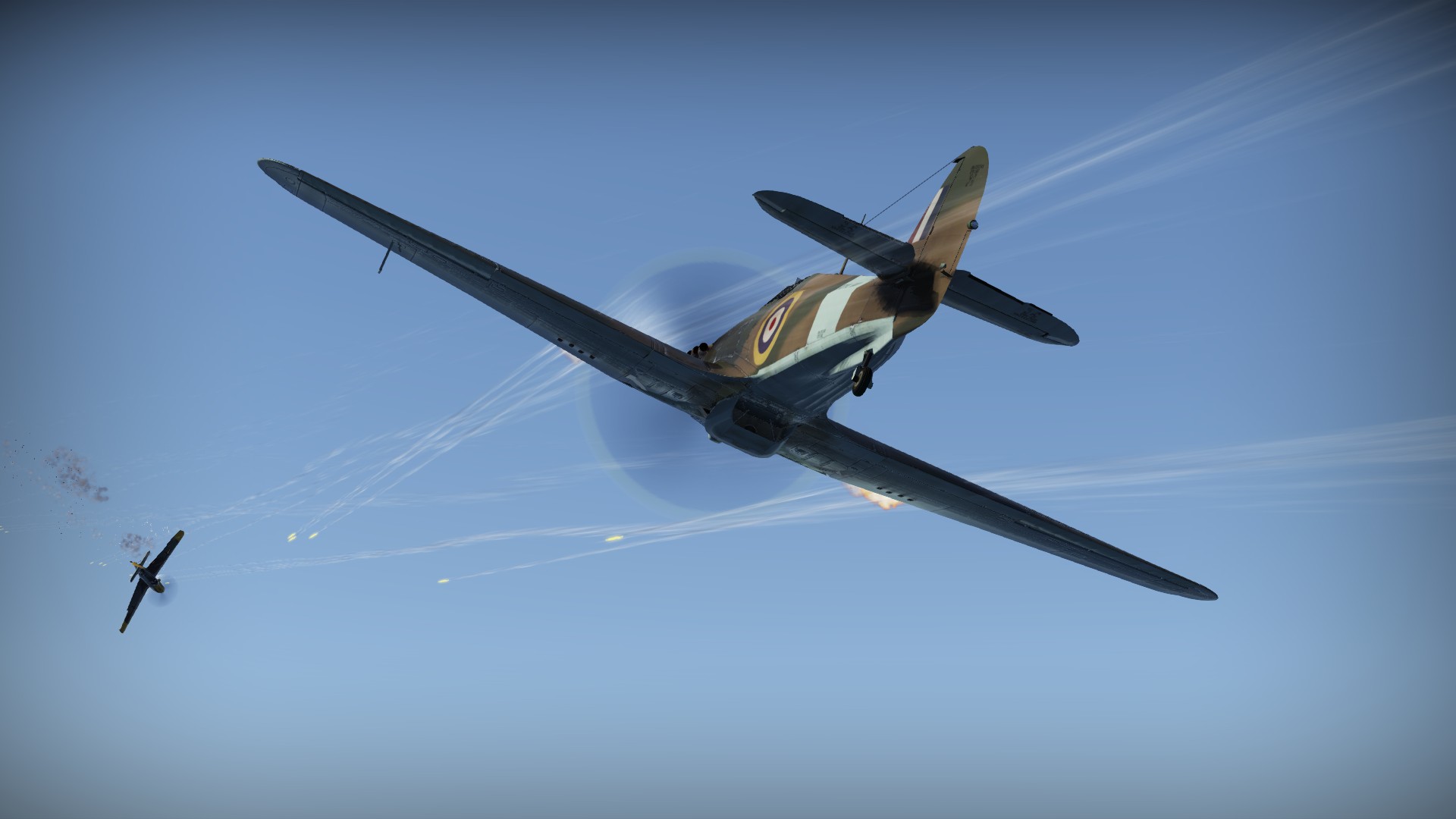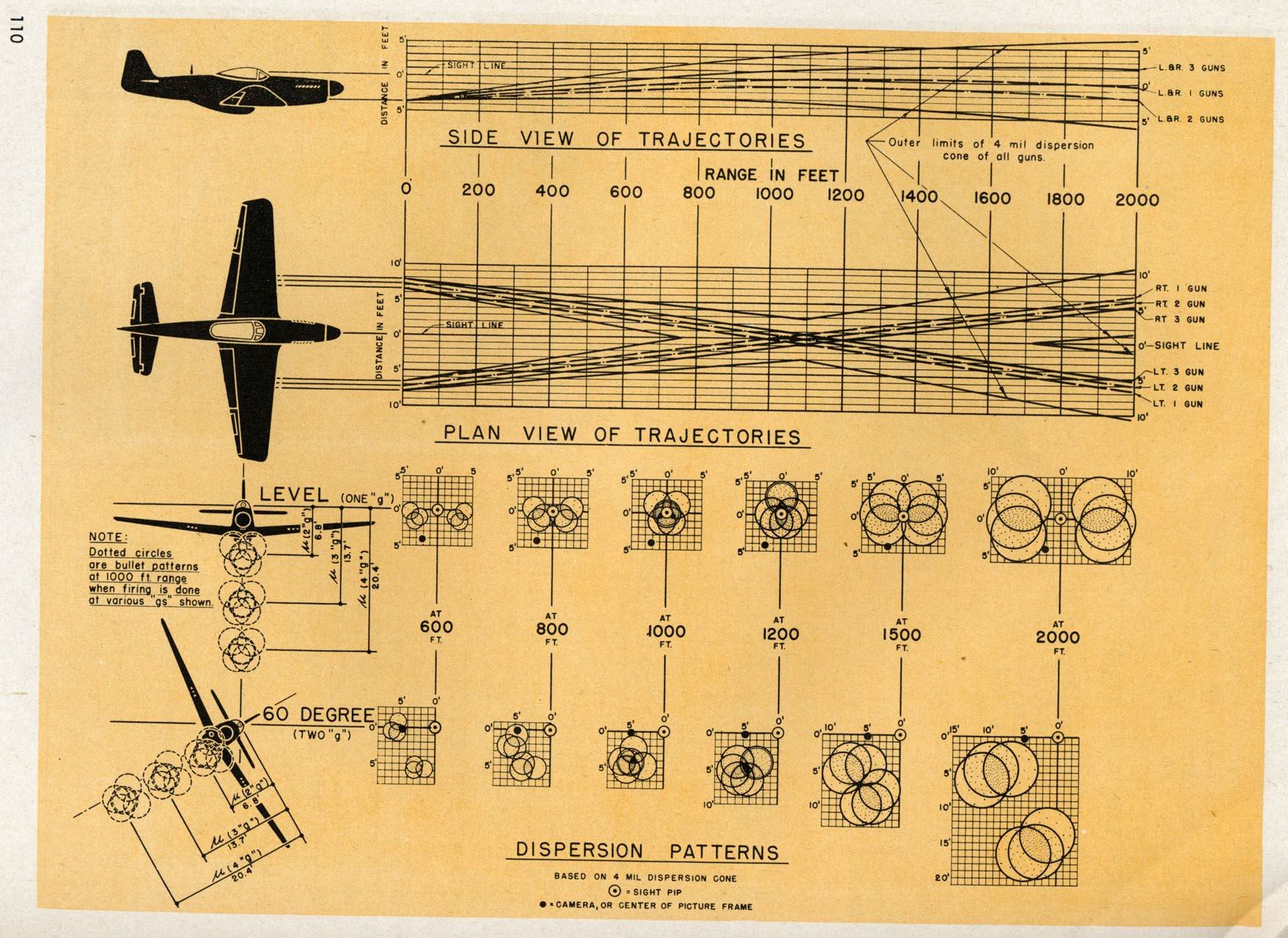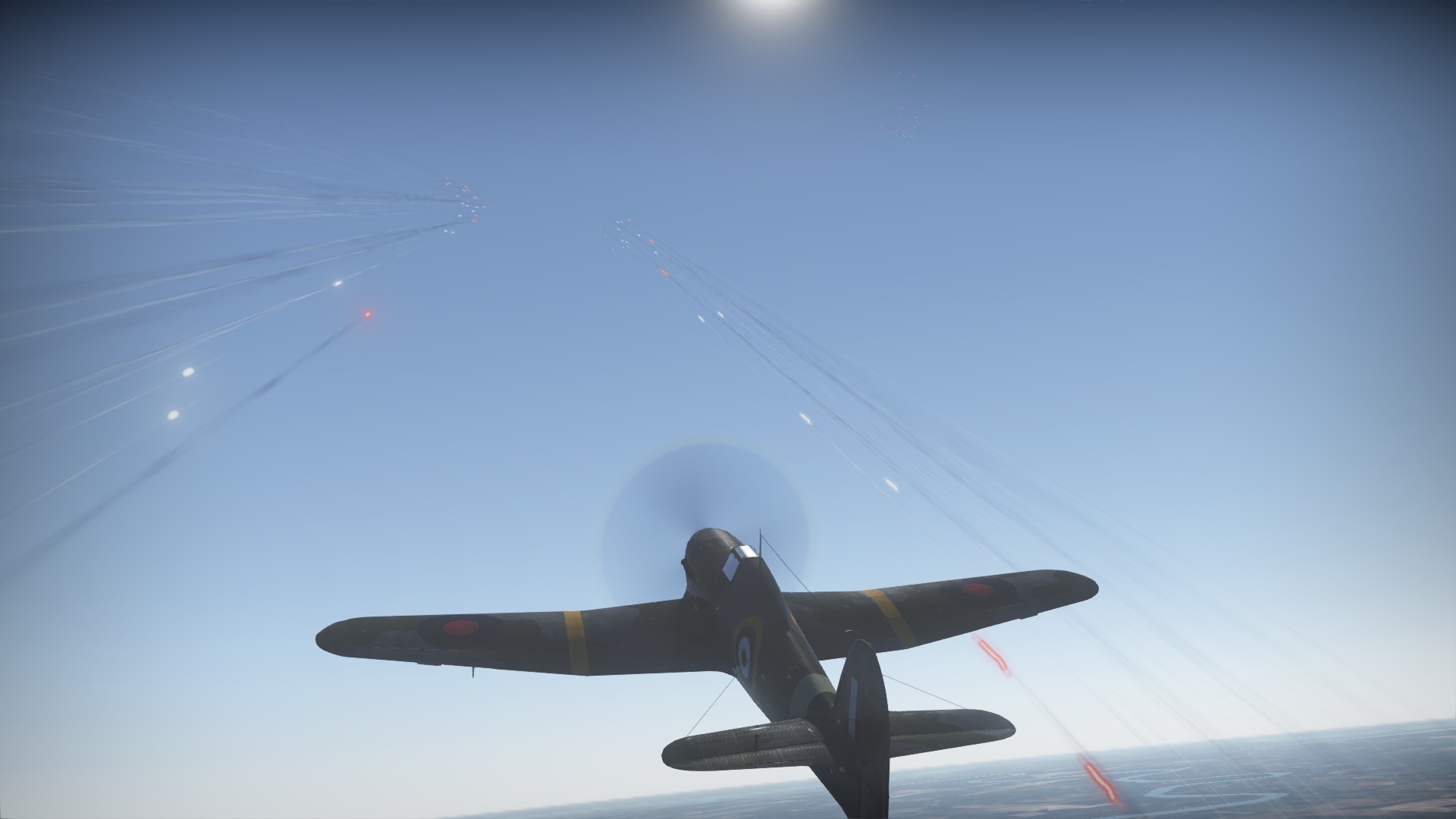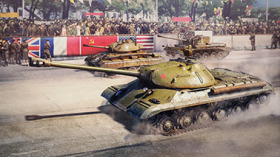
- For PC
- For MAC
- For Linux
- OS: Windows 7 SP1/8/10 (64 bit)
- Processor: Dual-Core 2.2 GHz
- Memory: 4GB
- Video Card: DirectX 10.1 level video card: AMD Radeon 77XX / NVIDIA GeForce GTX 660. The minimum supported resolution for the game is 720p.
- Network: Broadband Internet connection
- Hard Drive: 17 GB
- OS: Windows 10/11 (64 bit)
- Processor: Intel Core i5 or Ryzen 5 3600 and better
- Memory: 16 GB and more
- Video Card: DirectX 11 level video card or higher and drivers: Nvidia GeForce 1060 and higher, Radeon RX 570 and higher
- Network: Broadband Internet connection
- Hard Drive: 95 GB
- OS: Mac OS Big Sur 11.0 or newer
- Processor: Core i5, minimum 2.2GHz (Intel Xeon is not supported)
- Memory: 6 GB
- Video Card: Intel Iris Pro 5200 (Mac), or analog from AMD/Nvidia for Mac. Minimum supported resolution for the game is 720p with Metal support.
- Network: Broadband Internet connection
- Hard Drive: 17 GB
- OS: Mac OS Big Sur 11.0 or newer
- Processor: Core i7 (Intel Xeon is not supported)
- Memory: 8 GB
- Video Card: Radeon Vega II or higher with Metal support.
- Network: Broadband Internet connection
- Hard Drive: 95 GB
- OS: Most modern 64bit Linux distributions
- Processor: Dual-Core 2.4 GHz
- Memory: 4 GB
- Video Card: NVIDIA 660 with latest proprietary drivers (not older than 6 months) / similar AMD with latest proprietary drivers (not older than 6 months; the minimum supported resolution for the game is 720p) with Vulkan support.
- Network: Broadband Internet connection
- Hard Drive: 17 GB
- OS: Ubuntu 20.04 64bit
- Processor: Intel Core i7
- Memory: 16 GB
- Video Card: NVIDIA 1060 with latest proprietary drivers (not older than 6 months) / similar AMD (Radeon RX 570) with latest proprietary drivers (not older than 6 months) with Vulkan support.
- Network: Broadband Internet connection
- Hard Drive: 95 GB
A few words about the design of DM (Damage Model) in our game.
First, about the bullets.
The aircraft weapons have a high rate of fire. 10-20 rounds per second, multiplied by the number of guns on the aircraft - 2, 4, 8 or even 12 are not uncommon. That's why a firing aircraft shoots literally clouds of bullets and shells.
As the distances in the sky are considerable, hundreds of bullets are being fired while the first bullet is still flying in the air (let's say, the first 2 km).

Each bullet has its own weight, ballistic coefficient (shape and caliber) and the speed, while its flight is affected by the air temperature and pressure (and the height of the bullet).

And this is true not only in real life but also in War Thunder.
In any game mode - arcade battles, historical or realistic - there are the same ballistics and bullets. While flying, they lose energy, change their trajectory with their path being fully calculated all the way.
After being fired, the bullet gives an impulse to the aircraft, knocking the sights out, and it transmits vibrations to the barrel and the installation point of the gun.
This is done by each bullet, upon every shot, even before anything is hit.
We don't make any simplifications such as "let's count one bullet as several" or anything like that.
In War Thunder, there are almost always thousands of shells and bullets in the air.

Hit
When hitting an aircraft, for every bullet the point of impact, relative speed (when you shoot the incoming target, the bullet is more effective), angle of impact (with possible ricochet), material of impact (percale, duralumin, steel, armor), bullet and fuse type (incendiary, armor-piercing, high-explosive fragmentation, tracer) are taken into account. If a bullet pierces a part of the aircraft, it loses some of its energy and flies farther until it passes through the aircraft, or stops within it.


Therefore, let's say that a 37mm shell may be safer for a fabric-covered biplane than for a duralumin aircraft - the German fuse will most likely explode when hitting the duralumin or wood paneling, but it will break through percale and fly farther, leaving a hole that will be large enough but still just a hole.
Also, the armor-piercing shells designed to destroy light-armored vehicles may be considerably less effective against lightly-armored aircraft than explosive shells, unless you hit the pilot or engine. At least, this is how snipers and aces can effectively shoot down aircraft by armor-piercing shells. But when you are using a universal, incendiary ammunition belt against air targets, it is better suited against light targets (things are not so simple with all-metal and heavily armored aircraft).
Aircraft
The damage model of each aircraft consists of a large number of modules, which are the design elements of aircraft, components and assemblies. The aircraft DM can include up to a hundred modules where the damage affects the flight and combat capability of the aircraft.
The power set and design elements consist of the wing spars (each spar, in turn, is divided into several elements), covering, cowls, fuselage, and empennage. For each of these elements, the damage is handled by its own module with its own stability value and material type (duralumin, steel, armor, plywood, percale). The damage to these modules leads to a loss of lift, separation of empennage and planes.
The engine unit includes the engine, oil and water radiators, fuel and oil tanks. Without an engine, the aircraft can fly only downwards, which is why the engine is one of the most critical modules. Damage to these units may also lead to a fire on board, which means that you will have to leave the aircraft immediately.
Hits to fuel tanks, especially by incendiary ammunition, are also likely to cause a fire on the aircraft. Consider this when choosing your ammunition.
The controls and control planes consist of ailerons, elevators, rudders, stabilizers and fins, control cables and rods. Any failure of these elements makes it impossible to control the aircraft in the channels ensured by a destroyed module. These modules are vulnerable to damage by fragmentation and high-explosive ammunition and are most likely to suffer damage during an attack coming exactly from behind.
The crew of the aircraft includes the pilot and air gunners. When they are hit, this either stops the firing from the turret, or instantly submits a kill for the sharp shooter. However, the pilot of the aircraft is often protected by bulletproof glass and an armored backrest. This means it is hard to hit him from certain angles, especially if your weapons do not have a high piercing capability.
What will version 1.31 bring
A refined damage model for air- and water-cooled engines. It is much easier to disable a water-cooled engine than an air-cooled one, since even a single hit in the cooling jacket can cause a leakage of coolant, and then the overheating and failure of the engine. Gamers will now have to bear this in mind and, in case of such damage, return to base for repairs, or take risks and continue the battle, knowing that the engine might fail at the most crucial moment.
Improved calculation of fragmentation and high-explosive damage.
More accurate consideration of various fire protection measures (self-sealing tanks, neutral gas pressurization system, soft tanks) when calculating fire break-out.
More accurate ballistics of bullets and shells, their loss of penetration and damage capacity configured in accordance with the firing tables.
Redesign of the bullet and shrapnel tracing system, correct tracking of already pierced design elements and the loss of energy by submunitions upon penetration. Now, to shoot out the engine of the fighter being strictly on his 6 you will need to have shells or bullets with good penetration capacity that can consistently pierce through all the design elements encountered in their path.
Together, all these changes give you what we call a War Thunder 3.0 damage model.
War Thunder Team



